Now that spring is right around the corner, people can expect visits from the Easter Bunny next weekend. In the U.S., Easter is usually celebrated with Easter baskets filled with candy from the Easter Bunny, Easter egg hunts and decorations with bright and lively colors. Easter egg hunts are even held on the White House lawn. Different countries and regions around the world have their own unique traditions used to celebrate this holiday, whether they are celebrating the return of spring, or celebrating the religious holiday. Here are some ways families around the world may be spending their Easter Sunday.
1. Australia
In the land down under, the bunny has a bad reputation of being a plant-destroying nuisance, so instead of getting their candy from Peter Cottontail, Australian children get treats from the Easter Bilby, an indigenous endangered rodent with rabbit like ears. Some of the treats from the Easter Bilby include chocolate eggs and hot cross buns.
2. Germany
Like the much of North America, the Germans celebrate Easter with egg hunts, but instead of hiding them in hard to see places, colorful eggs can be found hanging from trees and lining the streets across the country. Some of the trees will have thousands of decorated eggs hanging from their branches.
3. France
Instead of receiving candy from the Easter Bunny or the Bilby, French children receive candy from the “Easter Bells”, orCloches de Pâques. On the Thursday evening before Easter, the church bells stop ringing, and children are told that the bells sprout wings and fly to Rome for the weekend. When they return, the bells have brought back chocolate eggs, rabbits, chicks and bells. After delivering the treats, the bells start ringing again Easter morning.
4. Guyana
In this Caribbean country, people celebrate Easter Sunday and Monday by filling the skies with homemade kites. The kites symbolize Jesus' soul going into heaven. Like Australia, Guyana commences their celebration by preparing hot cross buns. This pastry is a treat usually found in countries that were originally British colonies.
5. Brazil
In Brazil, they celebrate Easter by creating straw versions of Judas Iscariot, and either burn him or beat him in anger of his betrayal of Jesus Christ. Judas was the apostle who turned Jesus in for 30 pieces of silver. This is also a tradition held in Mexico and Venezuela.
6. Hungary
Back in the day, the Easter tradition for Hungarian villages had men splash water on unmarried women wearing traditional clothing. Some towns still have traditional water splashing ceremonies, while some places celebrate Easter by having water fights where everyone participates.
7. Finland
In Finland, Easter Sunday looks similar to Halloween in October. Finnish children spend the day looking for Easter treats while wandering the streets dressed in witch costumes.
8. Greece
In Greece, Easter is also celebrated by painting eggs, but the color most eggs are painted is red, which symbolizes the blood of Christ. These red eggs are used as decoration pieces in their traditional Easter bread.
The Swiss celebrate Easter by decorating the wells in their towns and cities with colorful Easter eggs and flowers. The wells are decorated to show appreciation for water, which is essential for life.
10. Guatemala
For Easter, different communities in Guatemala create ornate and detailed carpets of sawdust and flowers for their celebration of Easter. The colorful carpets often take weeks to prepare. On the morning of Easter Sunday, processions of churchgoers walk over the carpets as they head to Easter mass is their local church.
11. Norway
In Norway, people celebrate Easter by reading mystery books or watching crime television shows. Families often take vacations at this time of year to go somewhere relaxing to ready their suspenseful novels. This tradition is called Paaskekrim, or “Easter-Crime”.
12. Spain
In certain areas of Spain, long parades and processions of religious statues and candles are used to celebrate Easter and Semana Santa, or “Holy Week”. The celebration in the city of Seville is often the most popular, attracting crowds of worshipers and tourists to the week-long celebration.
13. Denmark
Danish children also celebrate Easter by collecting Easter eggs, but in an effort to gain more treats, children are encouraged to writer letters, or Gækkebreve. The letters, sent by the children anonymously, usually contain short poems. The children sign the letters with a number of dots that add up to the same as the amount of letters in their name. If the recipient of the letter cannot guess the sender within a certain amount of time, then the receiver must give this person an Easter egg. Children often find themselves sending these letters to their family or friends.
14. Russia
Although most Russians did not hold this tradition, it is an interesting piece of history that contains a bit of mystery. As an Easter gift for his wife in 1885, Emperor Alexander III gave her a golden egg designed by jeweler Peter Carl Fabergé. Over the years, the Empress collected several jeweled eggs and the tradition was passed down to his son, Tsar Nicholas II, who would give these eggs to both his mother and wife. Each egg held a secret treasure inside. One egg even contained a small replica of the family’s carriage. Fabergé presented the Romanovs these ornate gifts until 1917. Fabergé had created 50 of these eggs for the famous family. In the midst of the revolution, collection of eggs were eventually lost, but over the years, several of the art pieces have popped up all around Europe. Of the 50 eggs created by Fabergé, 43 have been recovered.
Families and countries all over the world hold different Easter traditions near and dear to their hearts. For many people, Easter is not only a day used to spend time with family, but it is also a day for self-reflection and anticipation for what to expect in spring.




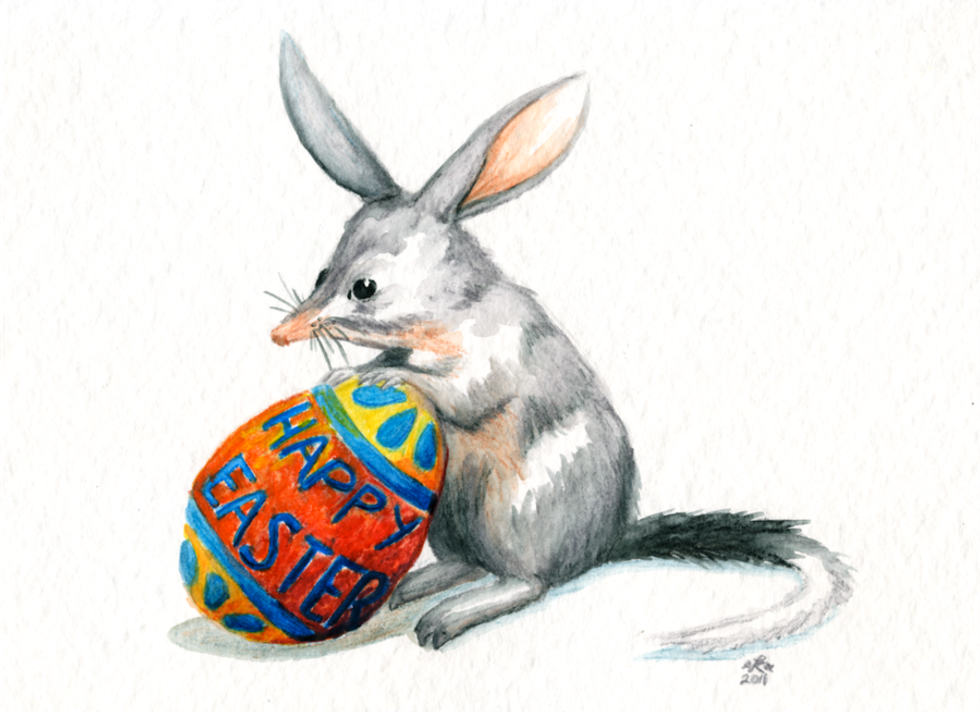
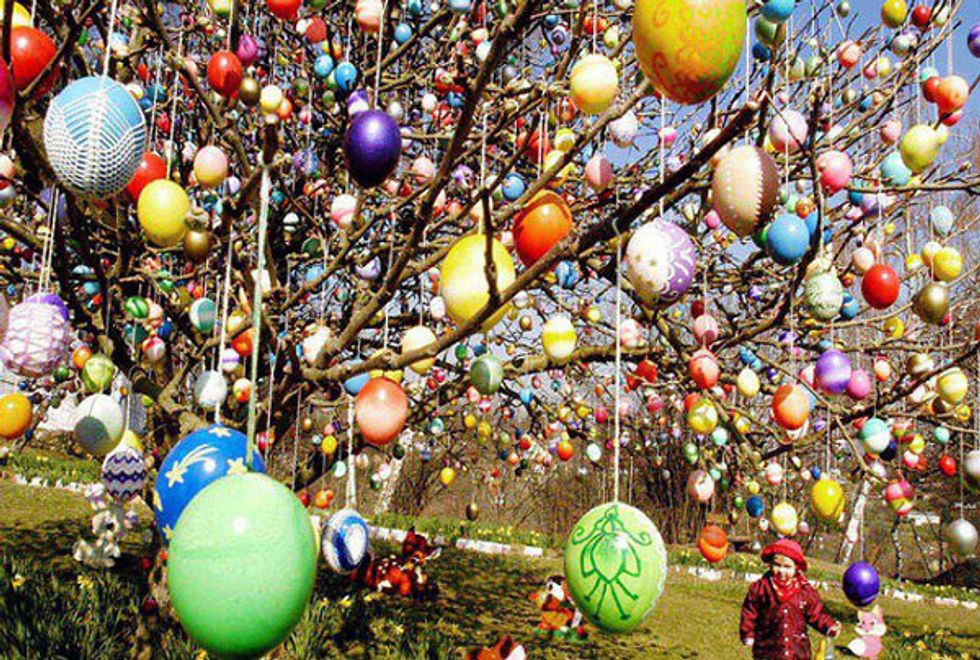
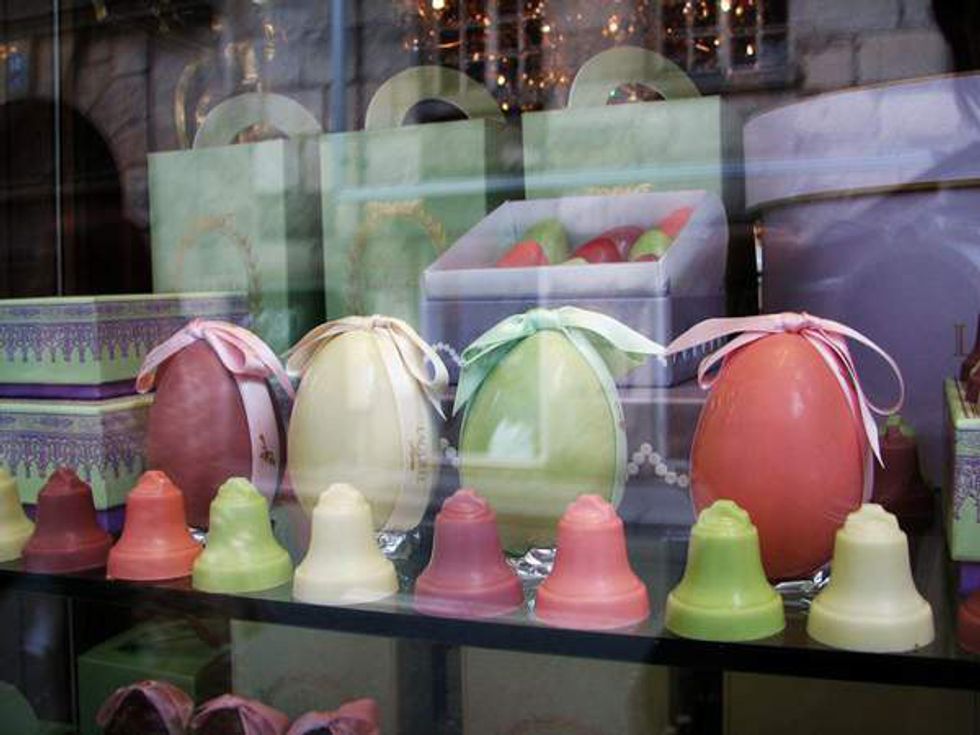
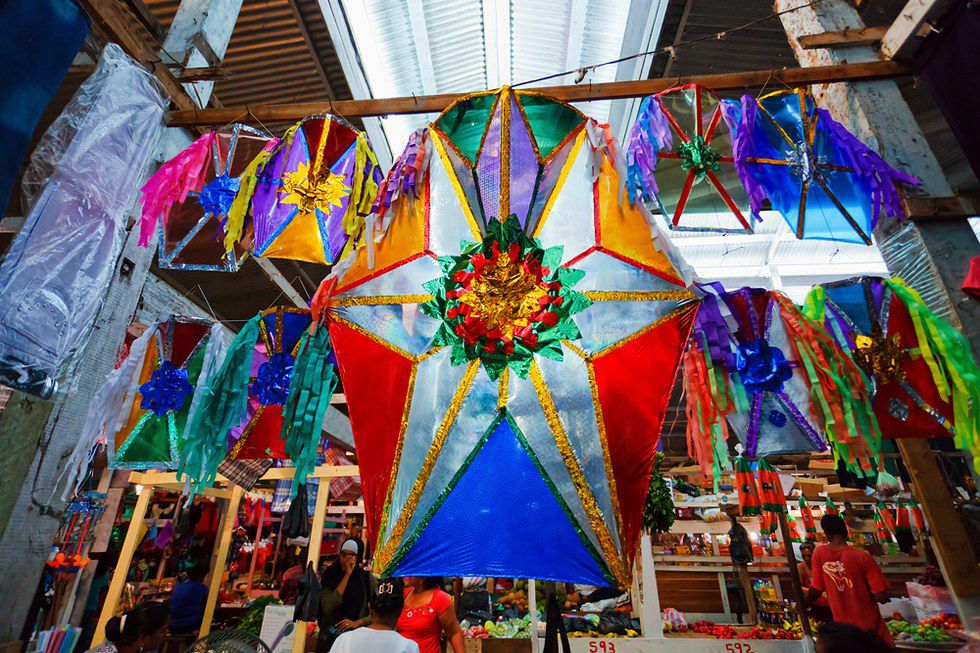
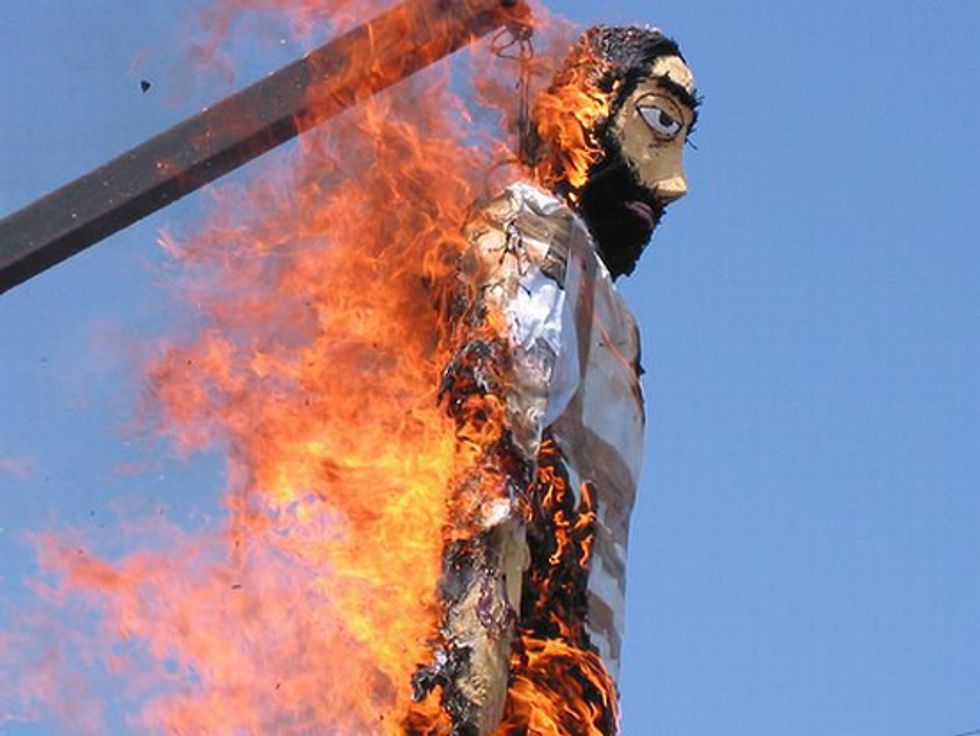

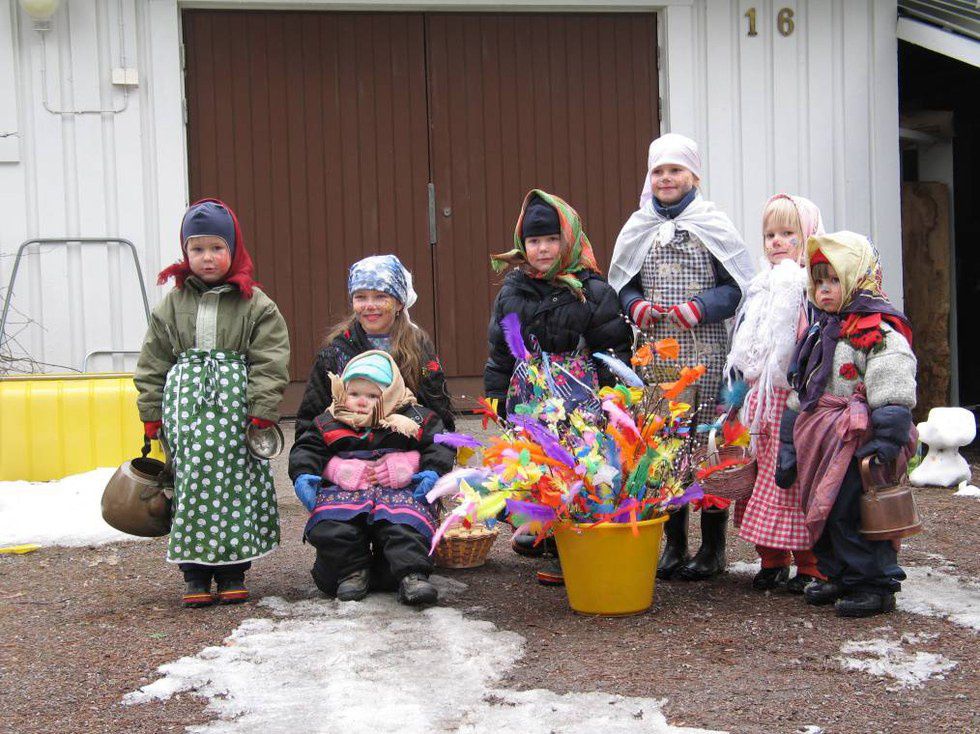
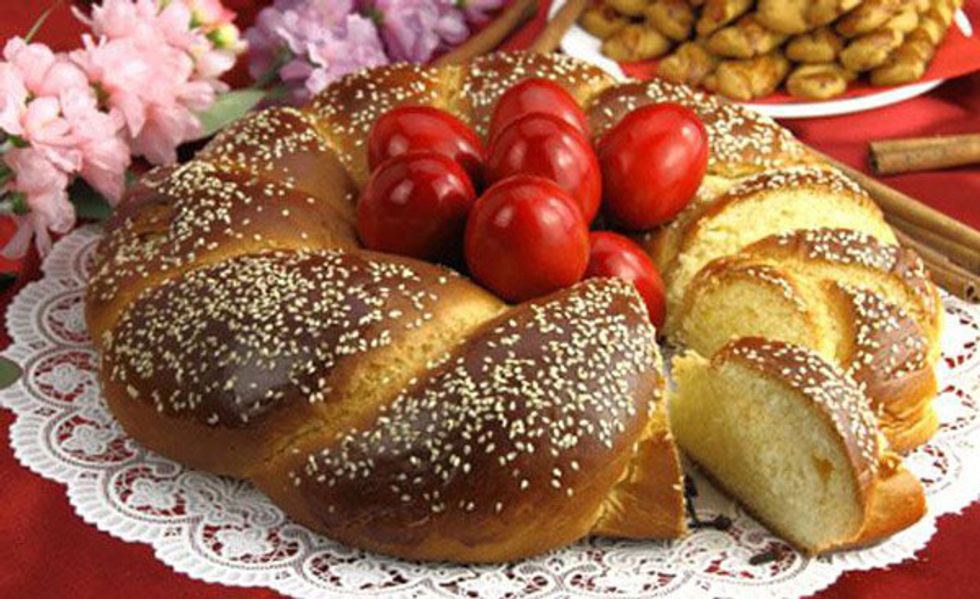
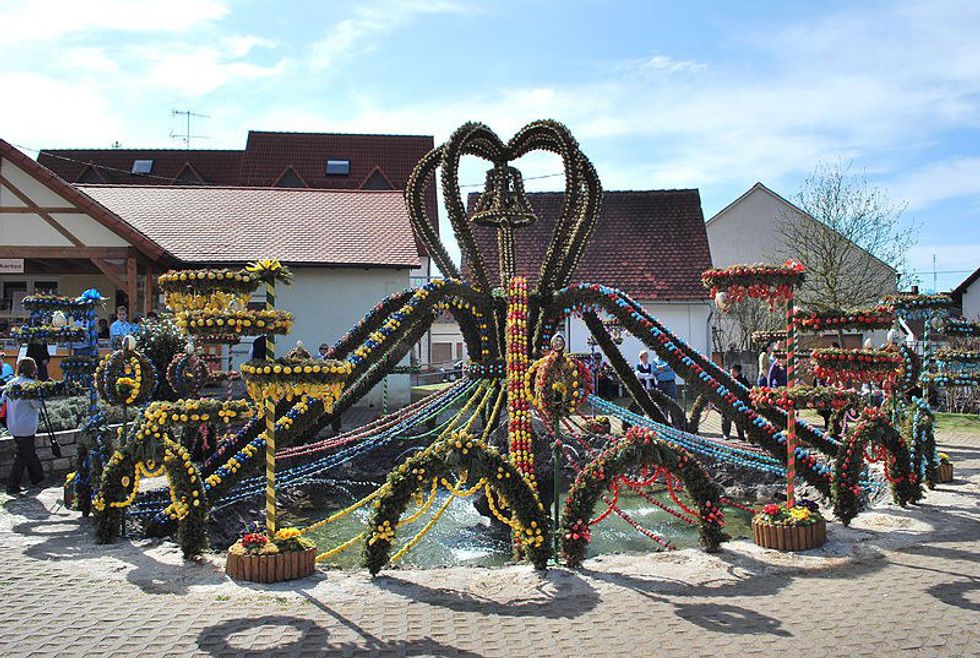
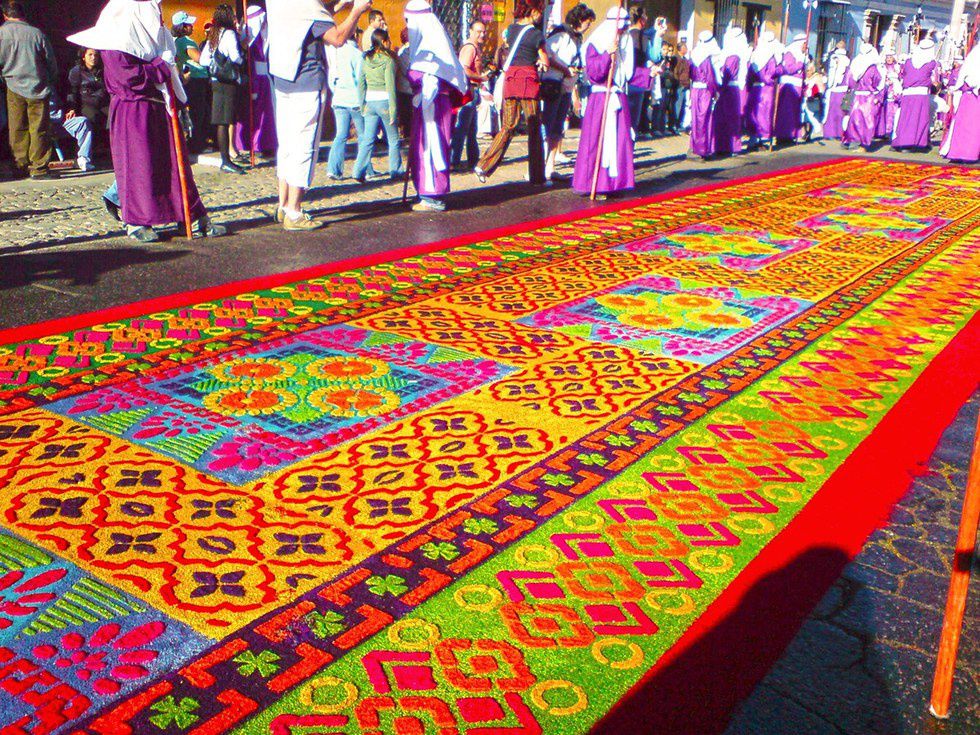
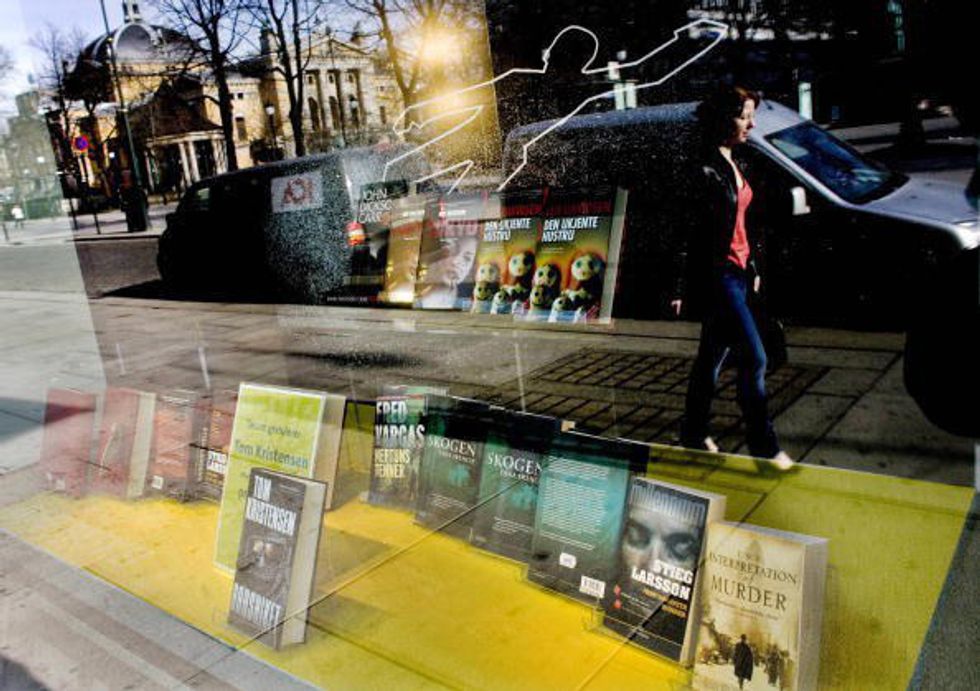
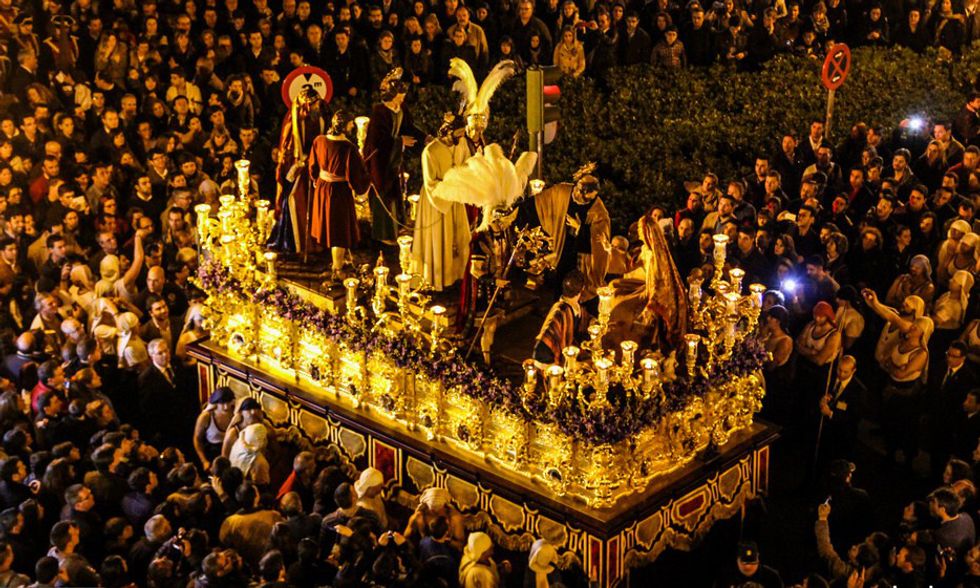
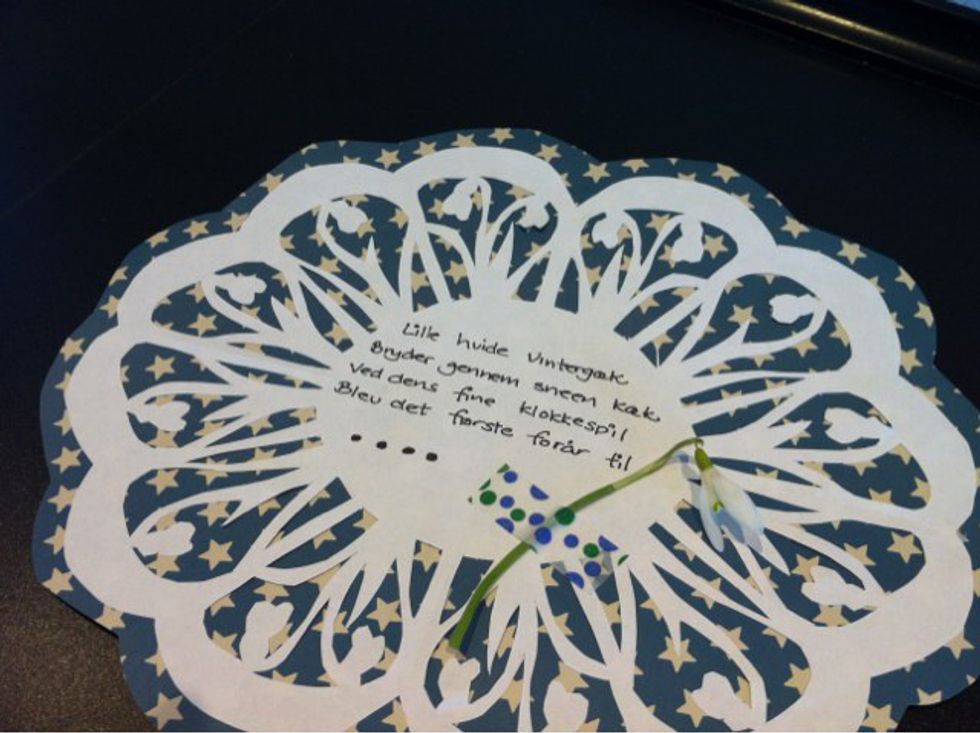
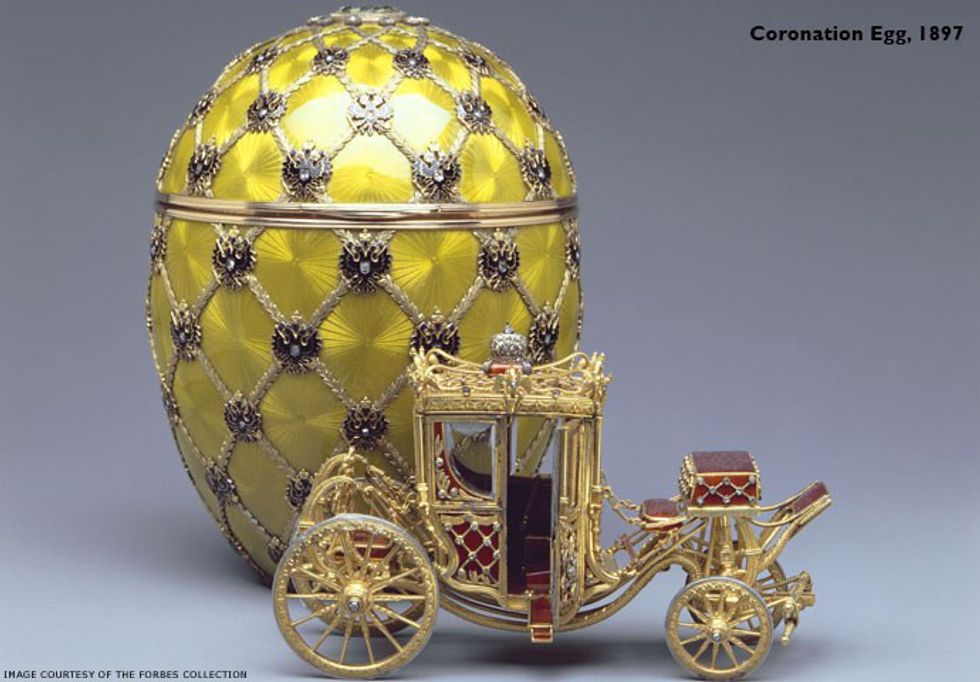

 Photo by
Photo by  Photo by
Photo by  Photo by
Photo by 



















